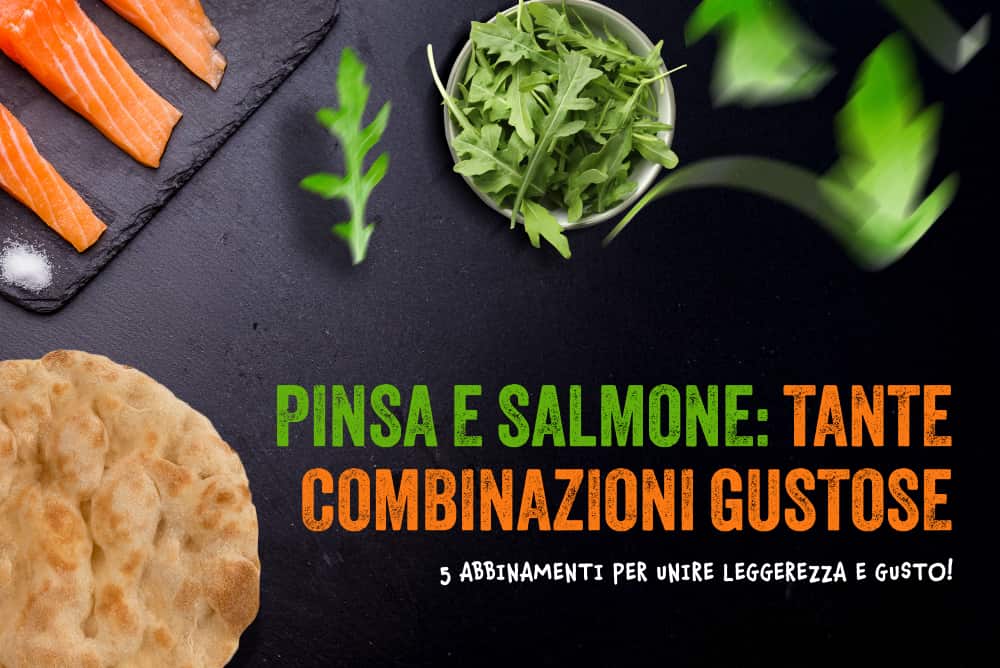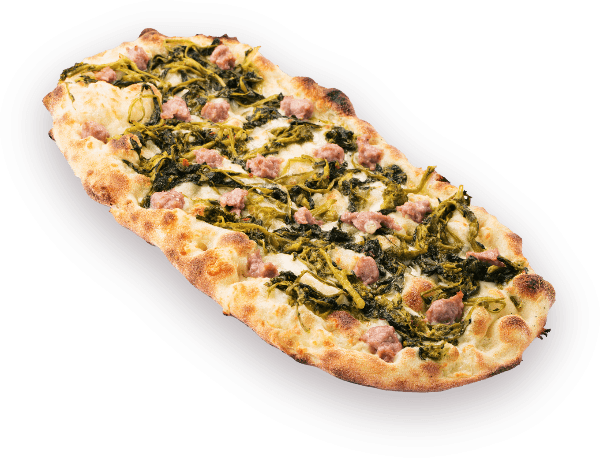After the holidays we have the opportunity to reconsider our eating habits and lifestyle. For millions of Italians, getting in shape after the holidays is the first of the New Year’s resolutions and requires great willpower to achieve real results.
During the holidays, we often indulge in culinary exceptions and a more relaxed lifestyle, which, understandably, can have negative effects on our state of fitness, well-being, and more generally on our physical and mental health. Reflecting on behaviours becomes essential to recognize deviations from the norm and to develop strategies to gradually regain a healthy balance.
Thus, the very idea of getting in shape after the holidays is no longer synonymous with strict dieting, but becomes a gradual process of returning to strength and well-being.
Getting back in shape after the holidays: wellness is the goal
Getting in shape after the holidays requires an approach that we might call holistic, in which several aspects are considered. As already anticipated, it makes little sense to focus solely on diet without considering the crucial role of physical activity in the recovery process. A well-structured and individualized fitness program not only helps burn accumulated calories, but also helps improve muscle tone and strengthen the cardiovascular system.
At the same time, reducing stress is an essential piece in this wellbeing puzzle, because after a period of relative calm, returning to the daily routine can cause increased levels of tension, which are not good for our minds and, consequently, for our bodies. Therefore, incorporating stress management practices, such as taking time for yourself, meditating or practicing relaxation techniques, is important to restore mental and physical balance.
Post-holiday nutrition
Getting in shape means, first of all, being wary of DIY diets. Everyone is tempted to cut food intake in half and eliminate sweets and carbohydrates to get back in shape in record time, but it goes without saying that this is an irrational approach, and as such should be avoided. Often, in fact, attempting to self-manage one’s diet without professional advice leads to overly restrictive diets that threaten the body’s physiological balance, lead to unwanted relapses and the risk of accumulating further weight.
In the light of the above need for professional counselling, at least to customize the weight loss path, it is still advisable to aim for a variety of healthy foods with good nutritional values. Including a variety of fruits, vegetables, lean proteins and whole grains in the diet helps to ensure good nutritional intake, while consumption of added sugars, saturated fats and highly processed foods should always be limited. It should also be noted that hydration plays a key role in the recovery process: drinking enough is very important for one’s well-being and getting in shape.
Mindful eating, a good resolution for 2024?
Regardless of getting back in shape after the holidays, the practice of mindful eating could be a good resolution for 2024. This practice encourages the development of a healthier and more mindful relationship with food, going against the view that sees it as merely fuel for the body or as a mere nutrient. The key principles of mindful eating are mindfulness of the present moment, concentration, listening to one’s body, paying attention to flavours, textures and sensations, as well as the emotions created by food, which have a beneficial impact on the emotional sphere. Here we are not talking about dieting, but about developing a healthy relationship with food, which inevitably leads to health and well-being.
Getting fit, the role of pinsa
Getting fit requires a balanced and conscious approach, especially when it comes to incorporating specific foods into one’s diet.
Often, the first thing people eliminate from their diets are carbohydrates, which are considered enemies of fitness. This, however, is not a balanced approach to nutrition, as carbohydrates are an essential source of energy for the body and play a crucial role in maintaining metabolic and cognitive functions.
In everything, you need balance. And so there is a need for a personalized plan that only a professional can develop with knowledge. For our part, we have no intention of presenting pinsa as a slimming elixir, but we would like to emphasize how, within the indications of one’s doctor, it is possible to include pinsa in a diet. Always paying attention to excesses and toppings. In direct comparison with illustrious competitors, pinsa may be the lightest and most digestible option, adapting well to the need to get fit. Compared to pizza, for example, it has a lighter and more digestible dough, the result of combining wheat, soy and rice flours, hence a low fat and sugar content.
Within the category, pinsa therefore has a lean nutritional profile, which helps to maintain a sense of satiety without overeating. It is certainly complex to provide a calorie comparison between two foods, but if we stated that pinsa has 66% (2/3) of the calories of a pizza of the same weight, we would not be far from the truth.
The quest for balance
Getting in shape should not mean the drastic reduction (or elimination) of entire food groups, but rather a reflection on the quality of food choices and all-around personal care, in the physical and mental spheres. Facing a path to wellness requires a balanced approach that considers food variety and moderation. Nutritious foods such as pinsa, integrated with wisdom and awareness, can be an integral part of a healthy and sustainable path.










